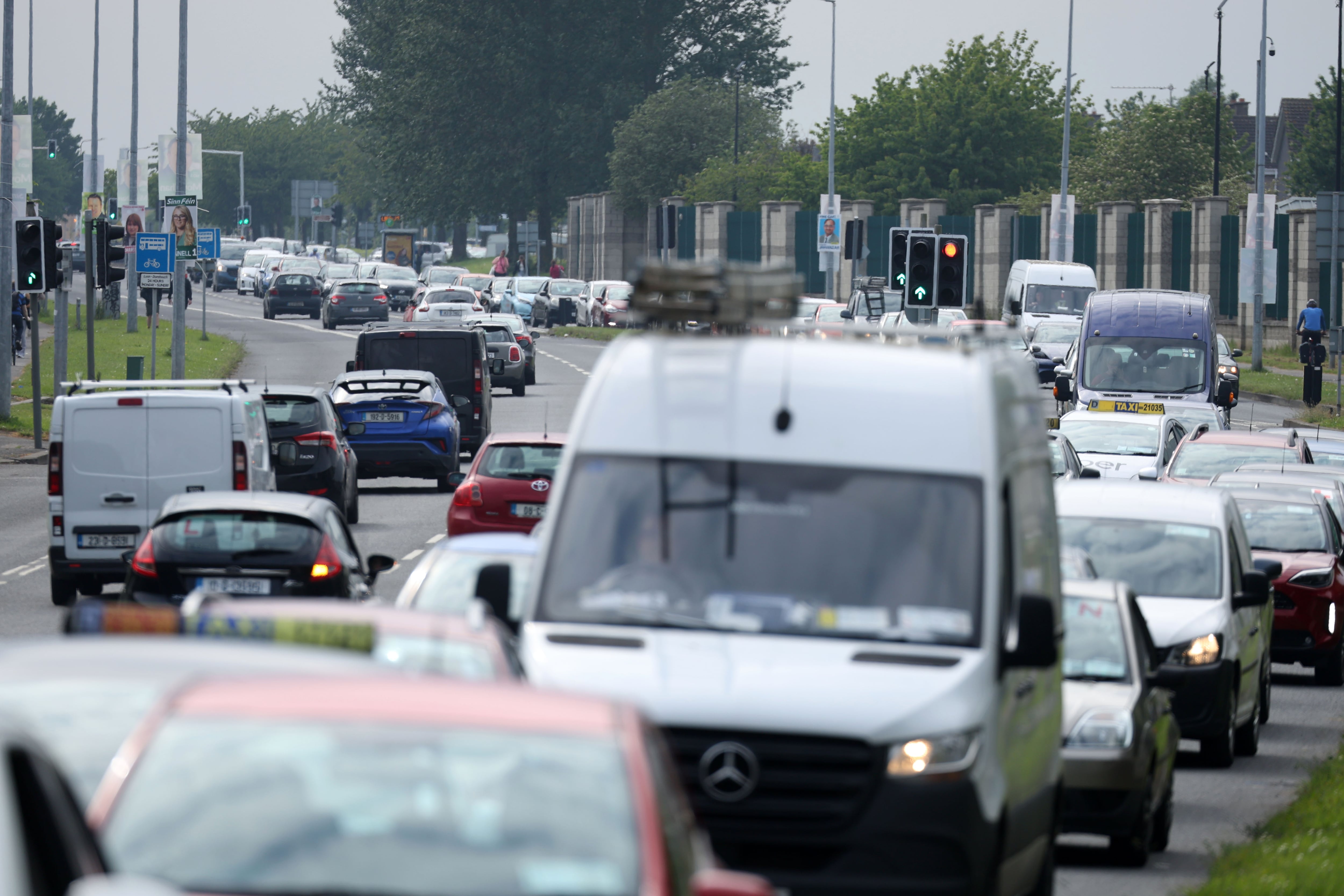The case for land use transformation across Ireland is indisputable. It is set to become one the most challenging political, social and environmental issues over the coming decade.
Recognising gross failures, and changing land management accordingly, is required. Further deterioration of landscape and biodiversity is inevitable if a careful balancing of agriculture, energy needs, cutting land emissions, strengthening water security, enhancing habitats, rewilding and rewetting bogs is not achieved.
Using nature to build climate resilience (adaptation) must also be layered in. Conflicting demands have to be accommodated. There is a grave risk nature will be pushed out if it’s not given due weighting and its solutions are not applied.
Food production (dairy and beef) has to become more sustainable while addressing its methane and emissions problem. Farming has to compete in space terms with bioenergy demand as it’s Government policy to expand biomass output including energy and fibre crops, while facilitating scale-up of anaerobic digesters to generate biogas as we wean off natural (fossil) gas.
READ MORE
Forestry levels are being ratcheted up but the wrong species in the wrong places will result in further deterioration of already under pressure waterways, flora and fauna.
Farmers need to be rewarded for their nature stewardship while tilting the balance away from intensification and, yet, be viable in a scenario where scaling back livestock is likely. The European Commission has suggested an “intensive grazing tax” to reduce damage to habitats and “incentivise” better livestock management.
Our landbank is a carbon emitter when it should be a giant sink capturing it in our wetlands and raised bogs. Equally, nature restoration has to be progressed including bringing river basins back to a healthy state and regenerative farming has to help improve soils – all under the demand of the new European Union nature restoration law.
Sadhbh O’Neill of Stop Climate Chaos noted recently: “Unfortunately, the marketing campaigns of some of the agri-food businesses, backed in many instances by the Government and State bodies, had given the impression over many years that everything we do on the land is already sustainable.”
The opposite is the case. At least, the Government recognised the challenges by commissioning a land use review. Its first phase provides a holistic understanding of current land use patterns, though it found a dearth of data to inform choices – it could not determine if 14 per cent of land was privately-owned or publicly owned.
An EPA evaluation – Land Use Review Fluxes, Scenarios and Capacity – led by Dr James Moran of Atlantic Technological University (Galway), concluded current polices won’t deliver the Holy Grail of carbon neutrality by 2050.
It examines what land use changes would be needed to meet that legally-binding target. Based on a draft of that report, farmers condemned its finding that a 30 per cent reduction in livestock would be required.
It initially appeared as if 420,000 hectares (103,7843 acres) of “space for nature” would have to come from existing grassland; shrinking it by 10 per cent. Recent high resolution data confirms, however, “there is more than enough space already” in existing farmland, Moran underlines.
The study confirms bioenergy would take out up to 10 per cent of grassland; a direct trade-off with food production. On forestry, it points to a requirement for almost 1 million hectares (247,1054 acres) of additional forestry by mid-century.
Complicating matters is already happening climate impacts; more rain in winter and less rain in summer, bringing flooding and drought at different times.
The over-riding conclusion, Moran adds, is a lot of differing targets that are not aligned. Alignment has to be the first priority – “field by field, parish by parish” to get a full understanding of capacity and then, to incentivise farmers appropriately.
Space for nature is now stitched into Ireland’s common agriculture policy strategic plan, with a direct financial value put on areas that deliver a biodiversity benefit including hedgerows and features such as habitat, scrublands, trees and woodlands.
This is a positive story, he insists, as it puts a higher value on farming and “farmers should be valued more for meeting those new demands”.
In short, it means moving to integrated land use management and recognising that “we cannot meet all the targets in every part of the country” – some will be for food production, others will be for nature.
It is possible for the food sector to meet 2030 targets and become carbon neutral, Moran believes. Such are the global climate and biodiversity challenges and Ireland will have to do more at European level as that integrated land use management approach has to apply across borders, with countries striking the right balance with each other.











